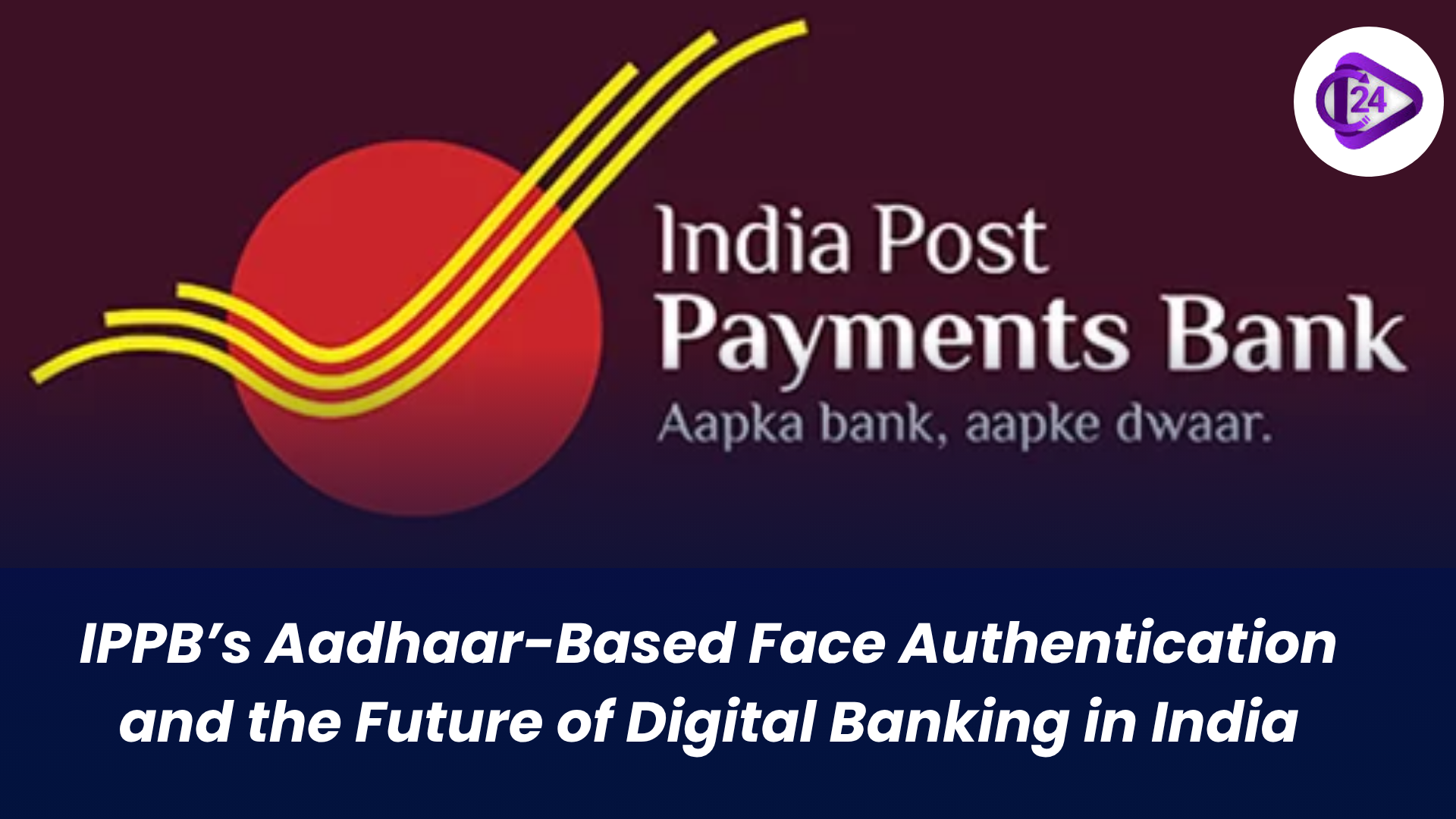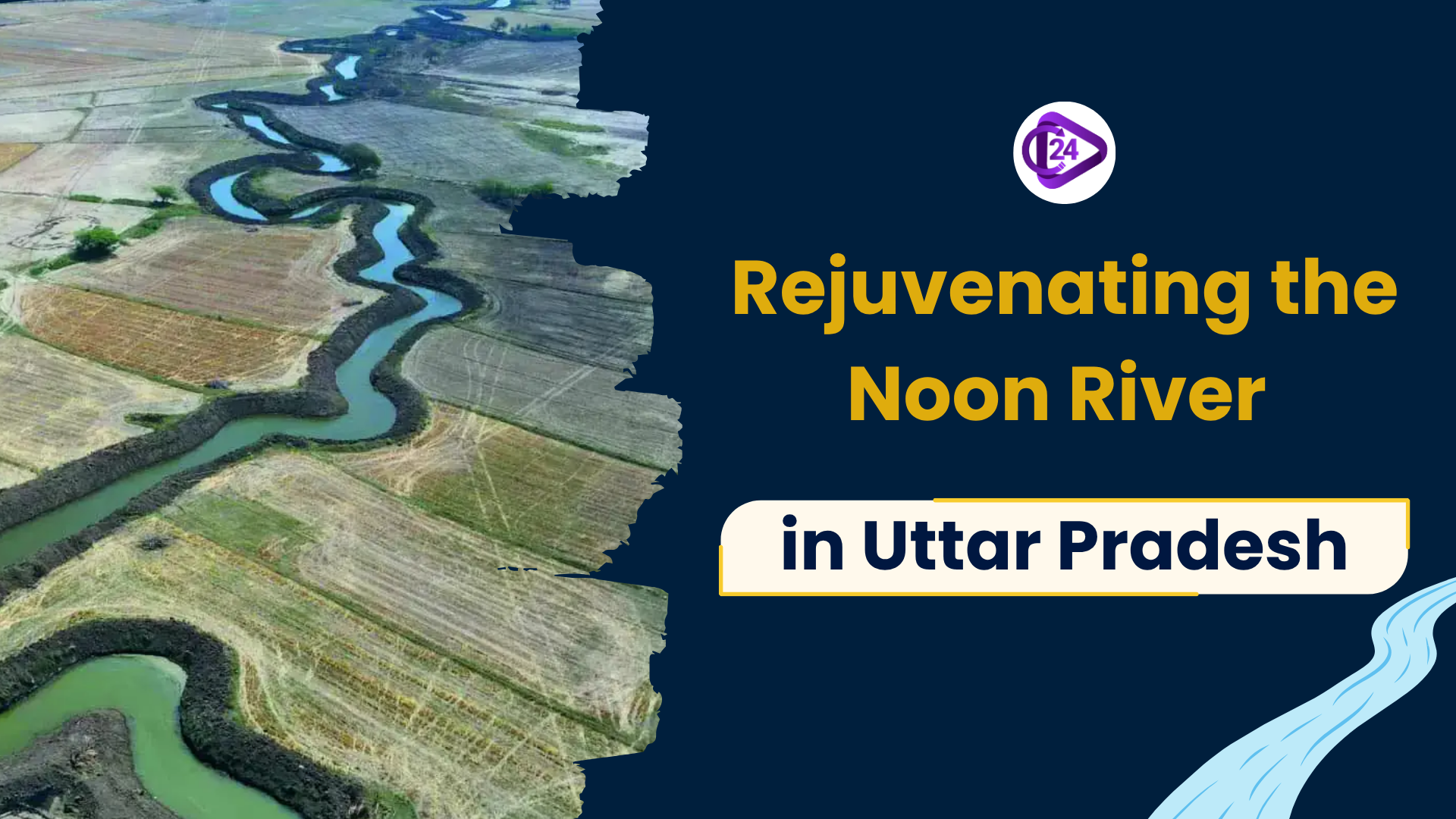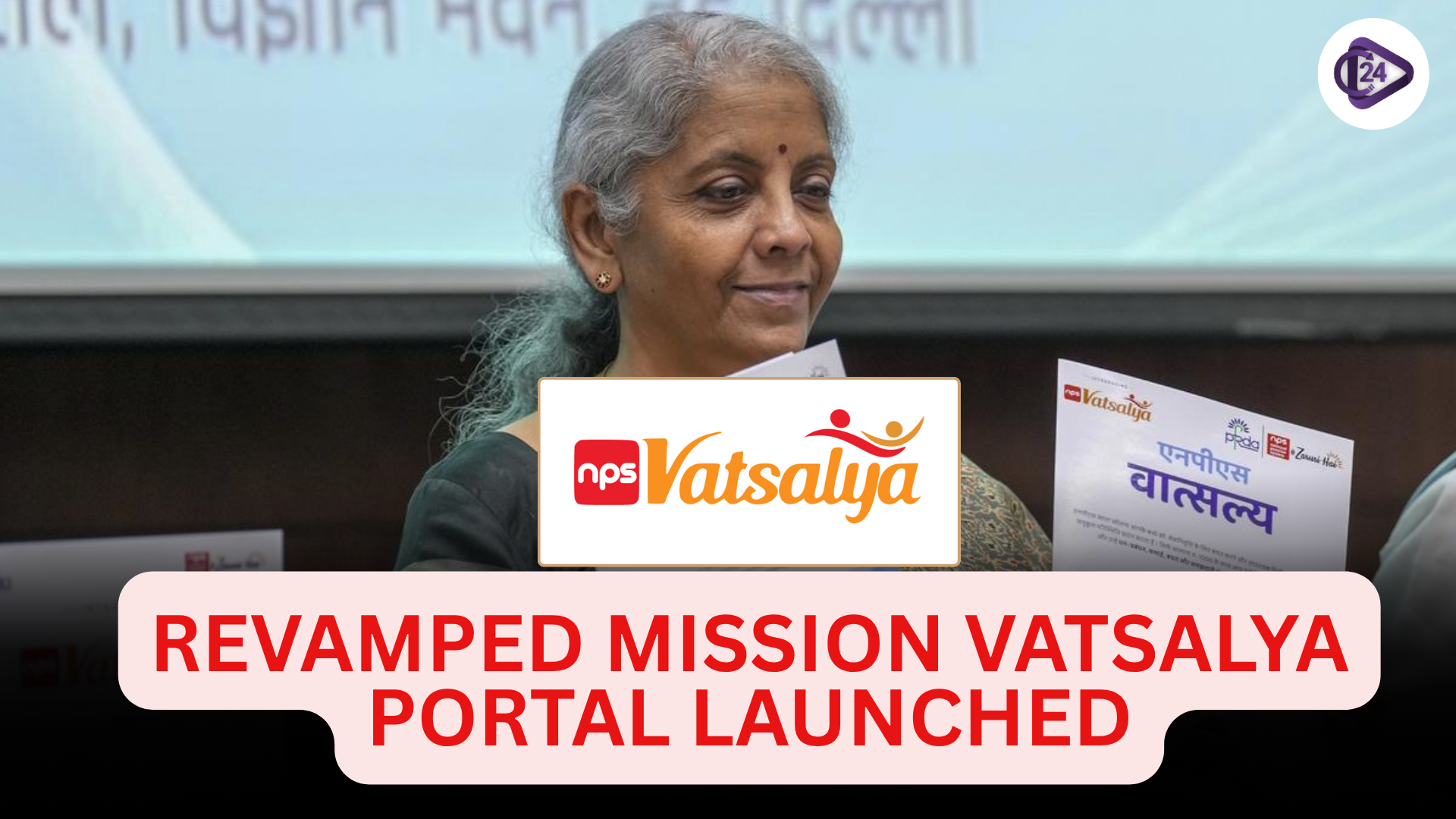
India Post Payments Bank (IPPB), a subsidiary under Department of Posts, has rolled out an Aadhaar based Face Authentication to execute transactions in banking. The contactless version of the digital authentication this collaboration developed with UIDAI can be characterized as a game-changer in digital financial inclusion since it ensures convenient access to banking, in particular, of the elderly, differently-abled, and marginalized groups who experience difficulties with fingerprint- or OTP-based verification.
Context
The Inclusion Digital Imperative
The Digital India and Jan Dhan-Aadhaar-Mobile (JAM) triumvirate has transformed the way banking is done in India, but not everyone has access to these products:
-
Individuals with damaged fingerprints (e.g., old, workers)
-
The disabled visually or physically
-
Rural users with weak OTP delivery due to network issues
The Aadhaar based face authentication feature helps fill these loopholes and enhances:
-
Inclusive and respectable banking
-
Papermaking and presence-making deals
-
Real-time,, safe authentication
Key Features & Benefits
|
Feature |
Impact |
|
Facial Recognition Authentication |
Eliminates need for fingerprint or OTP, reducing authentication failures |
|
Contactless Transactions |
Enhances hygiene and safety, especially during health crises like COVID-19 |
|
Full Banking Services Support |
Enables balance inquiry, fund transfer, utility payments, account opening |
|
Elderly and PwD Friendly |
Facilitates inclusive service access for people with biometric challenges |
|
Rural Outreach via Postal Network |
Leverages IPPB’s 1.65 lakh post offices and 3 lakh postal workers |
Alignment with National Missions
|
Mission |
Contribution of Face Authentication |
|
Digital India |
Promotes paperless, secure, real-time digital infrastructure at the last mile |
|
Financial Inclusion |
Targets unbanked and underbanked populations through accessible doorstep services |
|
Atmanirbhar Bharat |
Demonstrates indigenous innovation using UIDAI framework and India Stack infrastructure |
The Role of PPPB in Inclusive Banking
-
IPPB was started in 2018 with the vision of serving people in the guise of Aapka Bank, Aapke Dwaar
-
Applies principles of India Stack to provide CBS-integrated bio-metric based services
-
Serves 11 crore customers in 5.57 lakh towns and villages including deep rural locations
-
It is available in 13 regional languages and has increased linguistic inclusivity
-
The infrastructure used by PBB would rely on internationally preferred India Post channels and capitalize on the reliability of the postal services in India.
Challenges and Considerations
|
Challenge |
Suggested Approach |
|
Privacy and Data Security Concerns |
Adhere to Personal Data Protection norms and UIDAI protocols |
|
Digital Literacy in Remote Areas |
Conduct awareness campaigns and visual training modules |
|
Technological Reliability in Rural Areas |
Improve internet connectivity and backup authentication tools |
|
Resistance to New Tech Among Elderly |
Employ postal staff as trusted enablers to assist in authentication |
Global Relevance & Comparative Models
-
India is one of the countries attempting nationwide face-authentication of banking. This jump makes India a leader of many developing nations in:
-
Biometric technology at large
-
Anonymous, digital transactions with no friction
-
Targeted delivery of government benefits (DBT)
-
Conclusion
Aadhaar-based face authentication done by PPB is a good example of inclusive digital innovation. Making formal banking more democratic brings India closer to the UN SDG Goal 8 (Decent Work and Economic Growth), and Goal 10 (Reducing Inequalities). As India adopts a less-cash, technology-driven economy, these innovations (when accompanied by strong privacy principles, digital literacy, and other institutional user trust) will transform the lives of many millions of Indians. It is not a technological update but a civilization moving towards respectable financial independence.



 71st National Film Awards 2025: Celebrating Diversity, Craft, and Cultural Narratives in Indian Cine
71st National Film Awards 2025: Celebrating Diversity, Craft, and Cultural Narratives in Indian Cine Lt.-Gen. Pushpendra Singh Appointed as Vice-Chief of Army Staff
Lt.-Gen. Pushpendra Singh Appointed as Vice-Chief of Army Staff PM to Inaugurate Science Meet on Swaminathan’s Birth Centenary
PM to Inaugurate Science Meet on Swaminathan’s Birth Centenary Mera Gaon Meri Dharohar (MGMD): Cultural Mapping for Rural Identity and Development
Mera Gaon Meri Dharohar (MGMD): Cultural Mapping for Rural Identity and Development Rejuvenating the Noon River: A Model of Community-Led River Restoration in Uttar Pradesh
Rejuvenating the Noon River: A Model of Community-Led River Restoration in Uttar Pradesh Gavri Festival: Tribal Resistance and Ritual Theatre of the Mewar Bhils
Gavri Festival: Tribal Resistance and Ritual Theatre of the Mewar Bhils Mission Vatsalya Portal Relaunched to Strengthen Child Protection Services
Mission Vatsalya Portal Relaunched to Strengthen Child Protection Services Parliament Begins Process to Remove Justice Yashwant Varma
Parliament Begins Process to Remove Justice Yashwant Varma SC Amicus Seeks Exception for Consensual Sex Between Adolescents Aged 16–18
SC Amicus Seeks Exception for Consensual Sex Between Adolescents Aged 16–18






